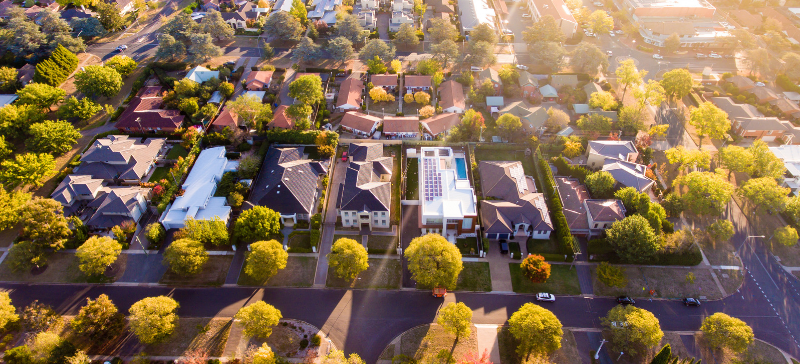Based on CoreLogic research, the Australian housing market experienced its worst quarter-on-quarter decline since the December quarter of 2008.
The research found that national dwelling values slumped by 2.3% over the December quarter, contributing to an annual cumulative fall in values of 5.2% since an October 2017 peak.
CoreLogic head of research Tim Lawless explained that although Australia’s “two largest cities are the primary drivers for the weaker national reading, most regions around the country have reacted to tighter credit conditions by recording weaker housing market results relative to 2017.”
He added that the two exceptions were regional Tasmania – where the rate of capital gains was higher than 2017 – and Darwin, “where the annual rate of decline improved from -8.9% in 2017 to -1.5% in 2018.”
Who were the worst offenders?
Sydney experienced the sharpest annual decline, with dwelling values falling by 8.9%. Melbourne followed with a 7% drop, then Perth (4.7%) and Darwin (1.5%). The combined capitals experienced an overall decline of 6.1%.
Conversely, Hobart experienced an 8.7% surge in national dwelling values, along with Canberra (3.3%), Adelaide (1.3%) and Brisbane (0.2%).
What’s the cause?
Commentary from Nikko Asset Management portfolio manager Chris Rands, back in late 2018, suggests that given multiple favourable characteristics in the Australian housing market – including that many households are “far ahead of their scheduled repayments” – the decline in housing prices is not a demand-side or affordability issue.
Instead, he said, it’s “potentially related to tighter lending standards coming through the banking sector. A signal of this is that there are no real signs of household stress or mortgage arrears.”
He added: “The most likely answer is that credit standards at banks have been tightening, restricting the flow of mortgage finance in the economy. This reduces the amount of borrowing that households can receive, leading to a lower budget for home purchases. There are two key drivers behind this change since 2017.”
Ultimately, Rands suggested that while house prices are falling, “it is less likely that it will turn into a widespread problem causing large scale defaults.”
“The more likely outcome,” he said, “will be a slow burn lowering of prices, which takes the edge out of consumption and weighs against consumer confidence, leading to slower growth rather than a melt-down similar to the GFC.”
Either way, though, given these conditions it’s worth reviewing your real estate investment strategy.




